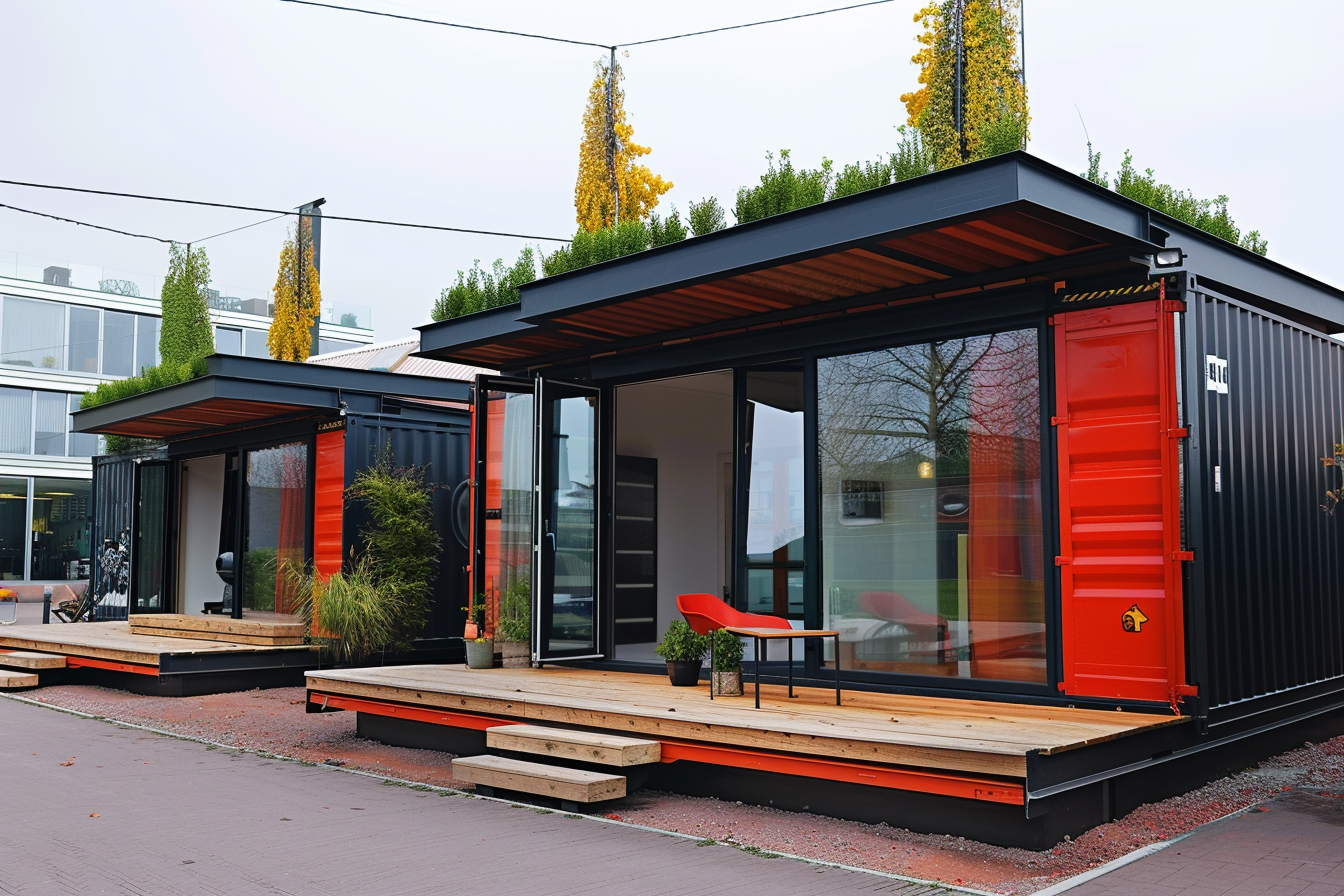How Container Homes Are Revolutionizing Affordable Housing
The housing crisis has reached a breaking point in many parts of the world, with traditional home prices soaring beyond the reach of average families. Container homes are emerging as a game-changing solution, transforming discarded shipping containers into livable, sustainable, and surprisingly comfortable dwellings. These innovative affordable housing solutions are not just a trend but a practical response to urgent housing needs, offering a pathway to homeownership that was previously unimaginable for many individuals and families.

What Makes Container Homes So Popular?
Container homes have captured global attention due to their unique combination of affordability, sustainability, and design flexibility. These structures repurpose steel shipping containers that would otherwise sit unused in ports or end up in landfills. The standardized dimensions of shipping containers make them ideal building blocks, measuring typically 20 or 40 feet in length with consistent width and height specifications. Their inherent structural integrity means they can be stacked, connected, and modified while maintaining safety standards that often exceed traditional construction methods.
How Do Container Homes Reduce Construction Costs?
The benefits of container homes become immediately apparent when examining construction expenses. Traditional home construction involves extensive foundation work, framing, and lengthy building timelines that drive up labor costs. Container homes eliminate many of these expenses by providing a pre-existing structure that requires minimal foundation work and significantly reduced construction time. The steel framework is already intact, reducing material costs by 20-50% compared to conventional building methods. Additionally, the controlled factory environment where modifications occur reduces weather-related delays and ensures consistent quality control.
Are Container Homes Environmentally Sustainable?
Environmental sustainability represents one of the most compelling arguments for container home adoption. Each repurposed shipping container prevents approximately 3,500 kilograms of steel from entering waste streams while reducing the demand for new construction materials. Container homes typically require 70% less energy to build compared to traditional homes, and their compact design naturally promotes energy-efficient living. Many container home owners incorporate solar panels, rainwater collection systems, and composting toilets, creating nearly self-sufficient living environments with minimal environmental footprints.
What Design Options Do Container Homes Offer?
Modern container homes defy preconceptions about cramped, industrial living spaces. Architects and designers have developed sophisticated techniques for creating open, airy interiors that maximize every square foot. Multiple containers can be combined to create spacious family homes, while single containers work perfectly for minimalist living or starter homes. Interior modifications can include large windows, skylights, and creative storage solutions that rival traditional homes. External additions like decks, porches, and even second stories expand living space while maintaining the core benefits of container construction.
Where Are Container Home Communities Thriving?
Container home communities are flourishing across diverse global markets, from urban infill projects in major cities to rural sustainable living developments. In North America, cities like Austin, Portland, and Toronto have embraced container homes as solutions for affordable housing shortages and urban densification. European countries including the Netherlands and Germany have integrated container homes into social housing programs, while countries like South Africa and Brazil use them to address rapid urbanization challenges. These communities often feature shared amenities and foster strong neighborhood connections among residents who share similar values regarding sustainable living.
What Are Real-World Container Home Costs?
Container home costs vary significantly based on size, location, and customization level, but consistently remain more affordable than traditional construction. Basic single-container homes can start around $25,000-$40,000 for DIY projects, while professionally built single-container homes typically range from $60,000-$120,000. Multi-container family homes generally cost between $150,000-$300,000, still representing substantial savings compared to traditional construction in most markets.
| Home Type | Size | Cost Range | Key Features |
|---|---|---|---|
| Basic Single Container | 160-320 sq ft | $25,000-$60,000 | Minimal finish, DIY-friendly |
| Professional Single | 160-320 sq ft | $60,000-$120,000 | Full amenities, professional build |
| Multi-Container | 800-2,000 sq ft | $150,000-$300,000 | Family-sized, custom design |
| Luxury Container Home | 1,500-3,000 sq ft | $300,000-$500,000 | High-end finishes, multiple levels |
Prices, rates, or cost estimates mentioned in this article are based on the latest available information but may change over time. Independent research is advised before making financial decisions.
Container homes represent more than just an alternative housing option; they embody a fundamental shift toward sustainable, affordable, and innovative living solutions. As housing affordability continues to challenge communities worldwide, container homes offer proven results in creating quality living spaces while addressing environmental concerns. The growing acceptance of container homes by municipalities, lenders, and insurance companies indicates this housing revolution is gaining permanent traction. For individuals and families seeking homeownership without traditional financial barriers, container homes provide a viable pathway to achieving housing stability while embracing sustainable living principles that benefit both residents and the broader community.




